Select an Orthopaedic Specialty and Learn More
Use our specialty filter and search function to find information about specific orthopaedic conditions, treatments, anatomy, and more, quickly and easily.
GET THE HURT! APP FOR FREE INJURY ADVICE IN MINUTES
Shoreline Orthopaedics and the HURT! app have partnered to give you virtual access to a network of orthopaedic specialists, ready to offer guidance for injuries and ongoing bone or joint problems, 24/7/365.
Browse Specialties
-
- Minimally Invasive Surgery (Arthroscopy)
Arthroscopy (Minimally Invasive Surgery)
Arthroscopy is a minimally invasive surgical procedure used by orthopaedic surgeons to visualize, diagnose, and treat problems inside the joint. Because it requires only tiny incisions, arthroscopy can be performed without a major, invasive operation and many procedures can be done on an outpatient basis.
More Info -
- Pediatric Injuries
- Sports Medicine
High School Sports Injuries
Teenage athletes are injured at approximately the same rate as professional athletes, but because they are often still growing, it is extremely important seek proper treatment immediately. A child’s bones grow at a different rate of speed from that of muscles and tendons. This uneven growth pattern makes younger athletes more susceptible to muscle and tendon injuries, and growth plate fractures.
More Info -
- Neck and Back (Spine)
Lumbar Spinal Stenosis
Lumbar spinal stenosis is a common cause of pain in the lower back and legs. As we grow older, our spines change and over time, normal wear-and-tear and the effects of aging can lead to a narrowing of the spinal canal (spinal stenosis). This puts pressure on the spinal cord and spinal nerve roots, and may cause pain, numbness or weakness in the legs.
More Info -
- Neck and Back (Spine)
- Pediatric Injuries
- Physical Medicine & Rehabilitation (PM&R)
Scoliosis
Scoliosis is a common condition of the spine that affects many children and adolescents. Unlike a normal spine that runs straight down the middle of the back, a spine with scoliosis forms a sideways curve that may look like a letter “C” or “S.” Scoliosis can cause the spine to rotate or turn, resulting in a shoulder, shoulder blade (scapula), or hip that appears higher than the other.
More Info



